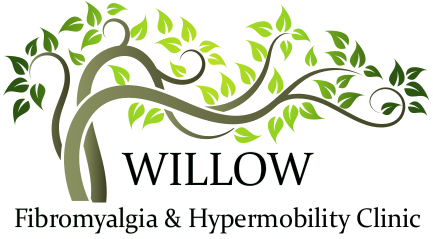Now that you know the difference between fibromyalgia and myofascial pain syndrome, and maybe you’re suspecting that you have one or the other or both, you are probably asking yourself “What next?” How are they treated?
First a recap: fibromyalgia is basically a syndrome of pain amplification and sensitivity, while myofascial pain syndrome is basically pain caused by tiny knots (trigger points) in the muscles. Fibro is more of a brain and nervous system problem, while myofascial pain is more of a muscle fiber problem. (Remember, I am really oversimplifying here to make this easy to grasp for folks without a medical background. There are many scientific articles and books available that go into more detail on these conditions, see references below.)
So as you can imagine, treating fibromyalgia is very different from treating myofascial pain. We honestly don’t understand much about fibromyalgia, although advances are being made every year. In my experience there are a variety of causes and types of fibro, so I tackle each case based on what seems to be causing it. Many times I’ll discover along the way that a patient doesn’t really have fibro at all, and instead has hypothyroidism, or chronic muscle pain and fatigue from perimenopause, or hypermobility syndrome causing constant strain on tendons/ligaments/connective tissue, or sleep apnea that causes fibro symptoms from years of poor sleep quality. If none of these are the case, and a patient really has fibromyalgia and no obvious other cause for their symptoms, then the general consensus is to address sleep, maximize serotonin levels in the brain, and find ways to “turn down the volume” of the overactive nervous system. This can be accomplished by various medications, supplements, exercise, acupuncture/Chinese herbs, electrotherapies/laser therapies, massage, etc. I am able to do many of these treatments in my medical practice, and I refer out for the ones I’m not trained in (acupuncture for example.) There are a lot of scams out there aimed at desperate fibro patients, so I am very cautious when it comes to new or unproven treatments, especially if they cost a lot of money. Keeping that caution in mind, however, I do believe if something has been proven to be safe and is relatively inexpensive it’s certainly worth a try if there’s a chance it could help!
Treating myofascial pain is much simpler in theory. It is usually just a matter of disrupting the trigger points/muscle knots, and stretching them out to prevent their return. Trigger points can be disrupted mechanically using massage or acupuncture or electrotherapies, or chemically using oral or topical or injected medications, and providers frequently use a variety of these methods. The tricky part is if the trigger points have been there for many years, or if there is a severe anatomical or other issue that tends to encourage them to return quickly. For example, some patients with hypermobility syndrome continually develop new trigger points and releasing them is a lifelong project, which can seem overwhelming at times. But most people can learn to treat their own trigger points using self massage tools, so they only need to seek professional help periodically.
Hopefully this series of articles helped to clarify the basic differences between fibromyalgia and chronic myofascial pain syndrome, and gave you some ideas about the treatment options available for both conditions. Please leave comments or questions below, and check out the following links for more useful info on both conditions.
National Fibromyalgia Association: www.fmaware.org
Devin Starlanyl MD: http://homepages.sover.net/~devstar/
Trigger Point Maps: http://www.triggerpoints.net/information




